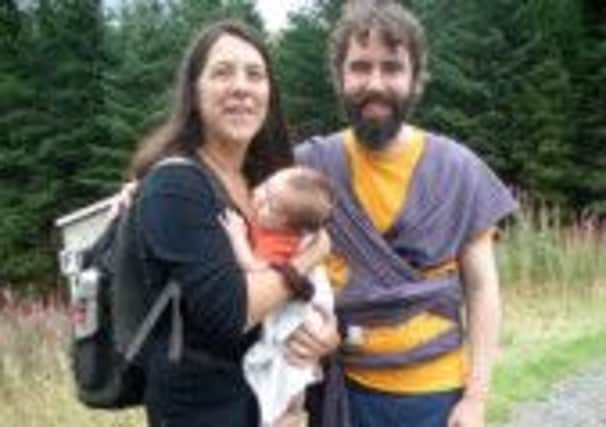A walk along Tweed in search of stories


I managed to walk the entire length of it without seeing one. Except for on a plate. I always managed to be looking the other way at just the wrong moment. And yet everywhere we went people talked to us about salmon.
In Tweedsmuir they talked about poaching and water bailiffs, and John Buchan stories. In Peebles, a storyteller told us the story of Finn McCool and the salmon of wisdom. In Melrose a former taxi-driver told us he’d taken TV stars such as Chris Tarrant and Noel Edmunds to the Junction Pool in Kelso – said to be the best (and most expensive) salmon fishing on the river.
Advertisement
Hide AdAdvertisement
Hide AdIn Norham we met a ghillie who told us that even if you study it for a lifetime, you’ll never understand the salmon. An archaeologist told us about Stone Age hunter-gatherers, 10,000 years ago, travelling up the river, camping on the banks and catching the fish. The kids of Tweedsmuir heard about this and said kids 10,000 years ago probably played ‘jumping in’ at the same pools they do now. Because it’s the best game. Obviously.
Our new little family, that’s us pictured, – me, my boyfriend Ross, and our seven-week-old son, Taliesin – were walking from one end of the River Tweed to the other. We were trying to learn about the river, and get people talking about it. We wanted to bring together different perspectives, to get people seeing the river in different lights. We had a storyteller at each event, and usually some kind of specialist who could talk about some aspect of the river. There were all sorts of unexpected connections.
In Galashiels, a textiles lecturer explained the mechanics of weaving, and made us all try it out. As we wove strips of paper together, he told us about the history of weaving and pointed out how many weaving metaphors we use when we talk about storytelling – weaving a story, spinning a yarn, following a thread. This is no accident, as people would sit together weaving, telling stories to help the time go by.
In Coldstream, a mycologist told us about local fungi, and about humanity’s long relationship with them.
Advertisement
Hide AdAdvertisement
Hide AdThen a curator from the museum told us about how Coldstream Priory would have been a centre of medical care in the region. After the battle of Flodden, nearby, there would have been thousands of injured. The priory would have been like the Red Cross, helping deal with the aftermath of this humanitarian disaster. This was well before the drugs we use today were discovered.
Everybody told us we were brave to make a journey like this with a baby. “No,” I replied, “Just reckless and lacking in foresight.”
In fact, we’ve been lucky. He’s an incredibly laidback baby. Dad’s been carrying him in a sling (I said it was his turn, after I carried him for nine months), and Tally usually goes to sleep as soon as he starts walking. He won’t remember it, of course, but it’s nice to have had this special adventure together as a new family.
People have asked us which was our favourite bit. And in truth, that’s impossible to answer. It’s felt to us as if the river has roughly three sections, each with their own charms.
Advertisement
Hide AdAdvertisement
Hide AdIt felt as if we went through all the landscapes of Britain, in one short river. Which is an epic journey to make on your own two feet. Never mind carrying a baby.
This project was made possible by a Talking Science grant from the Scottish Government, an Imagining Natural Scotland grant from Creative Scotland and support from the Beltane Public Engagement network.